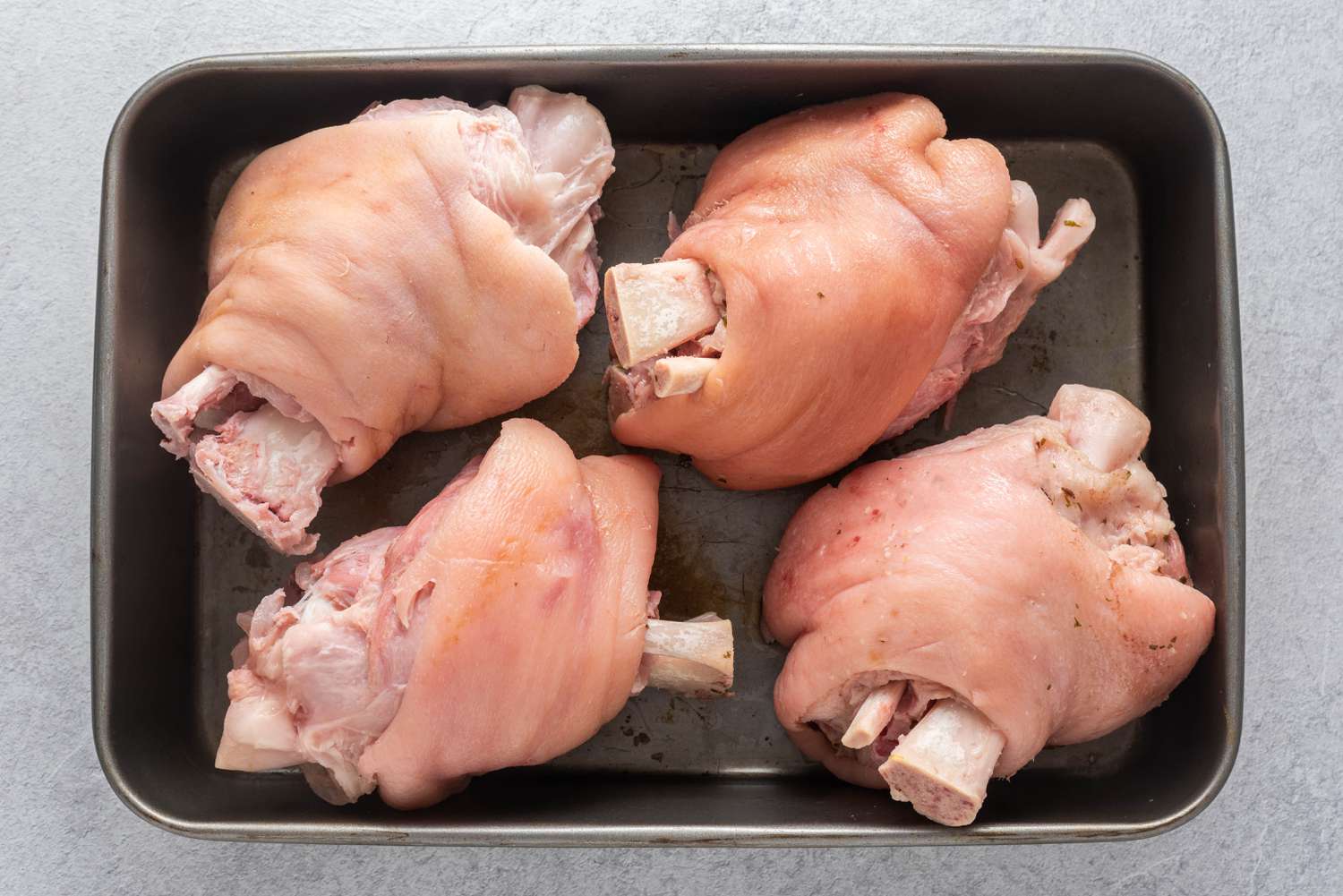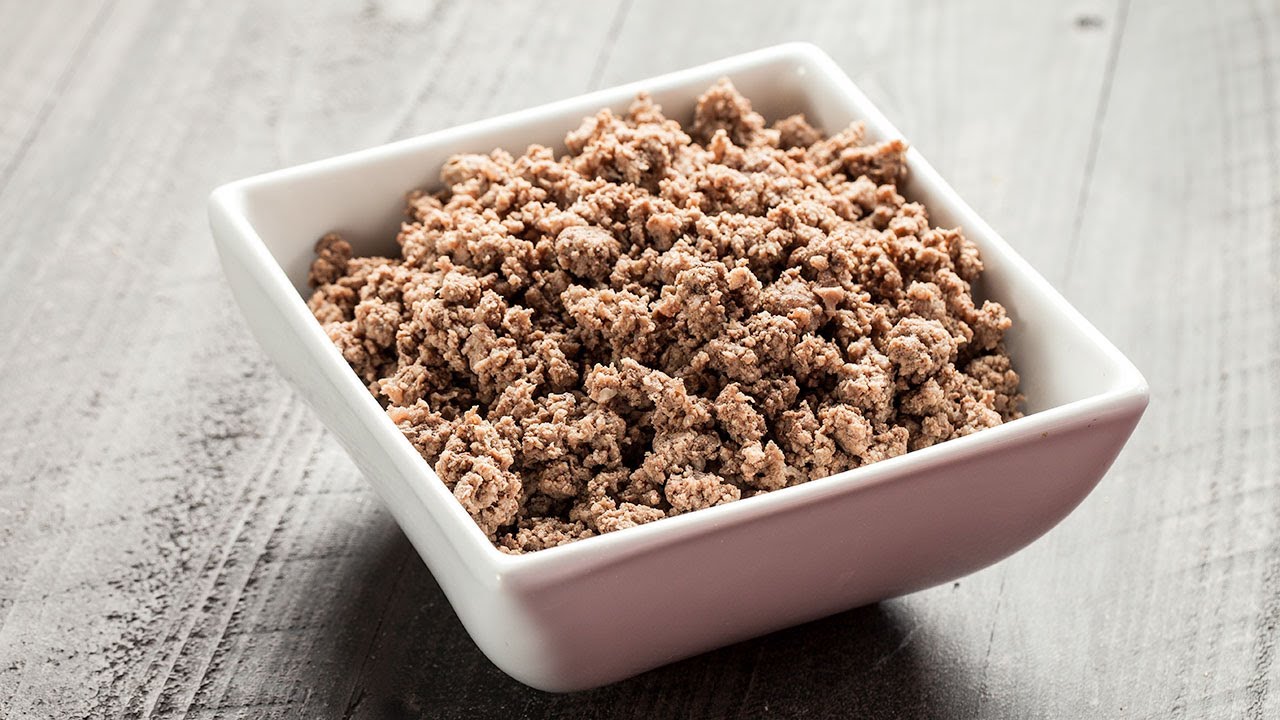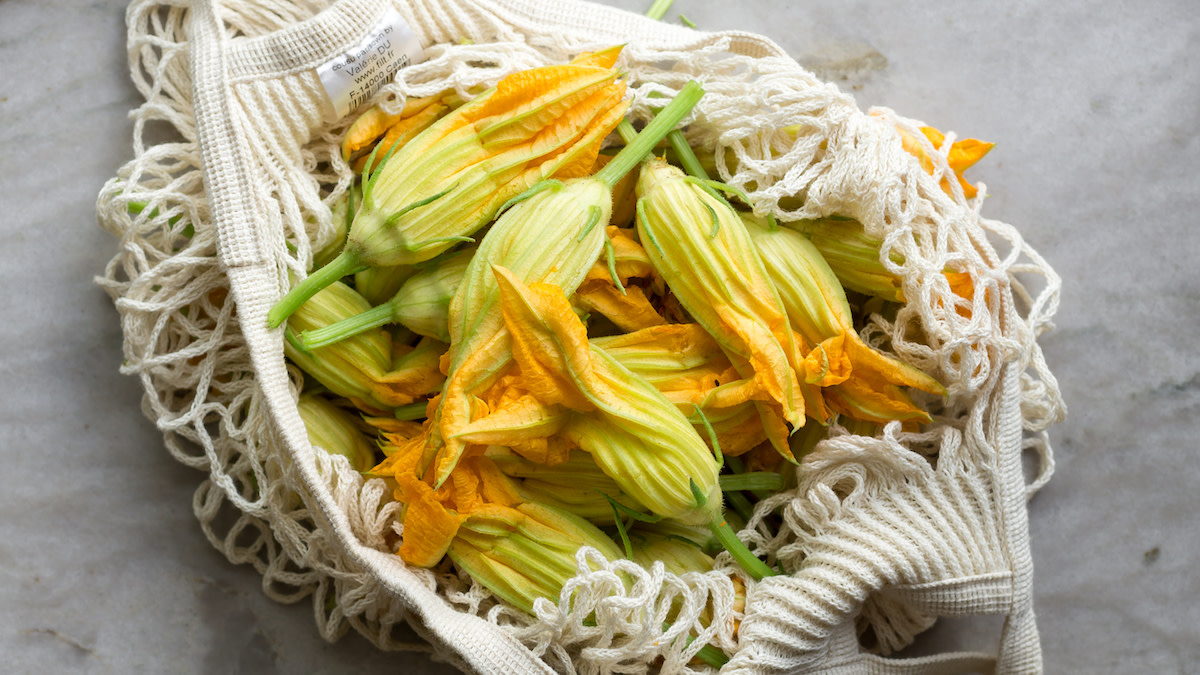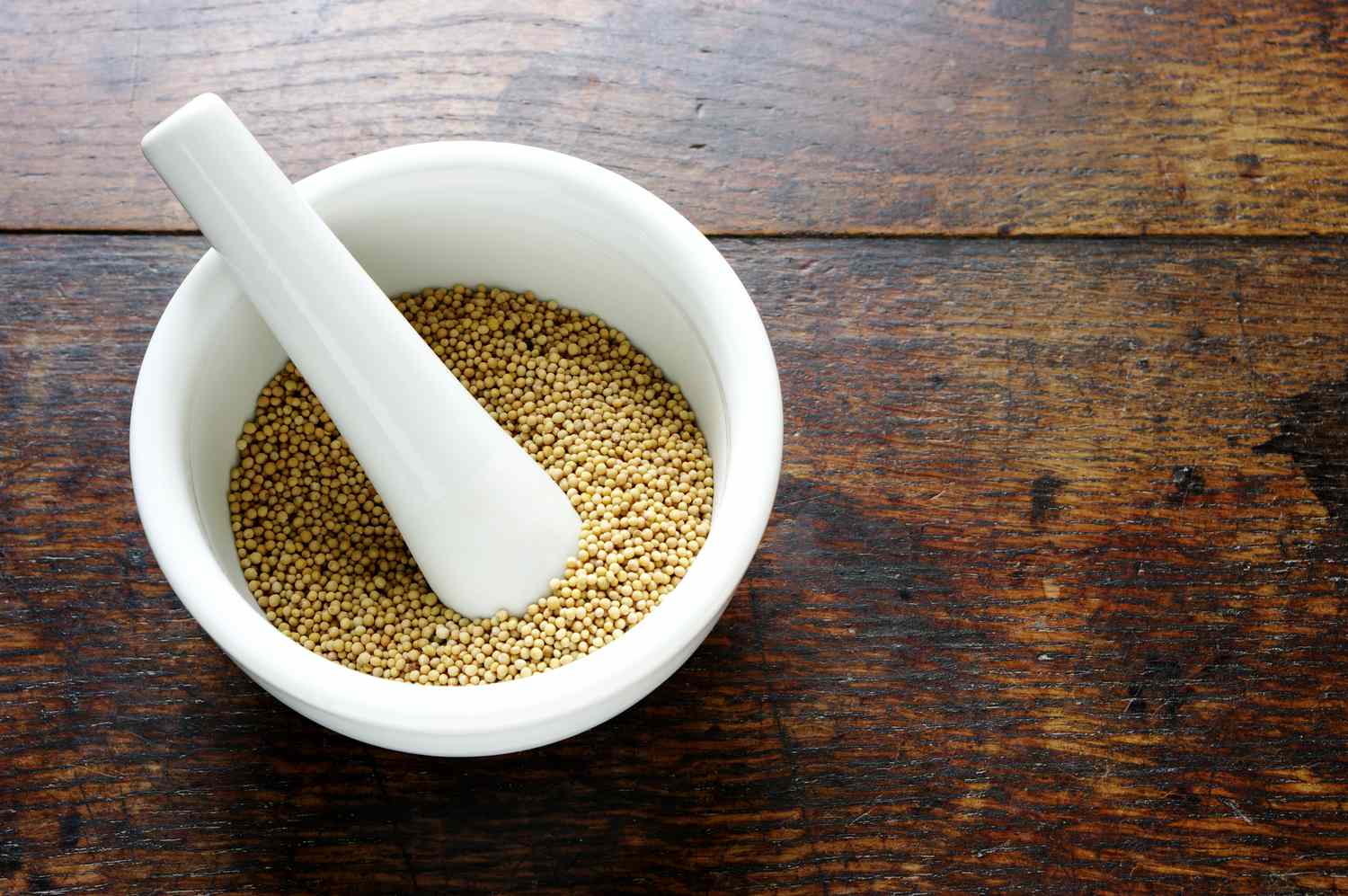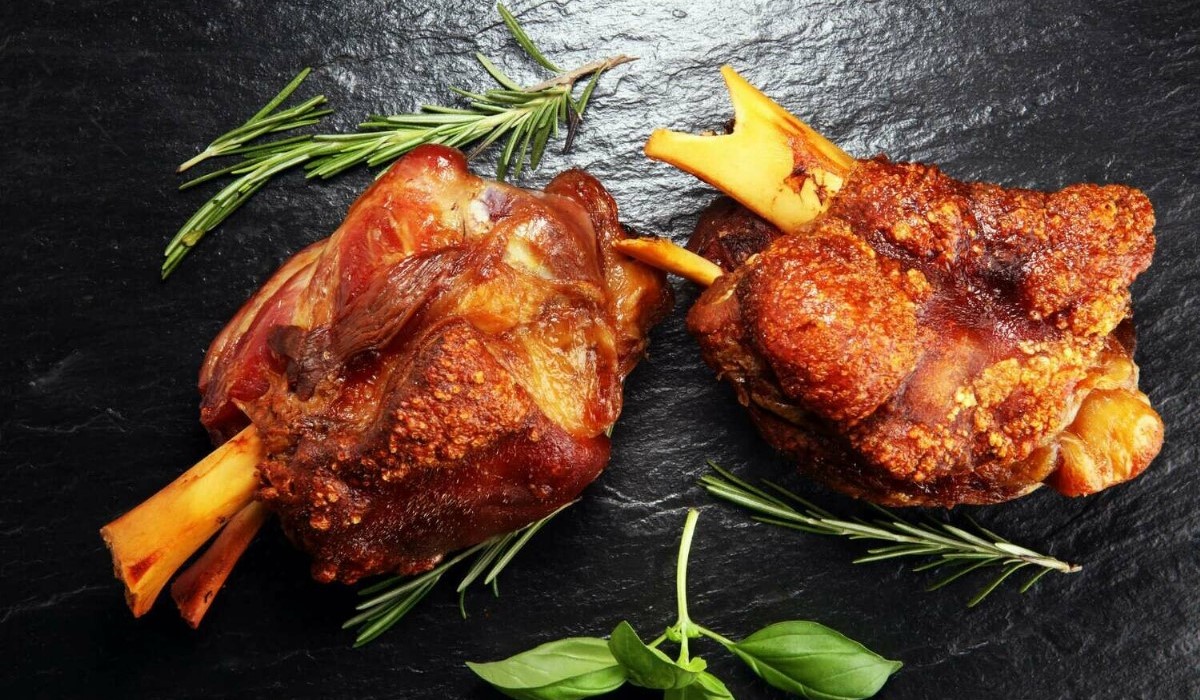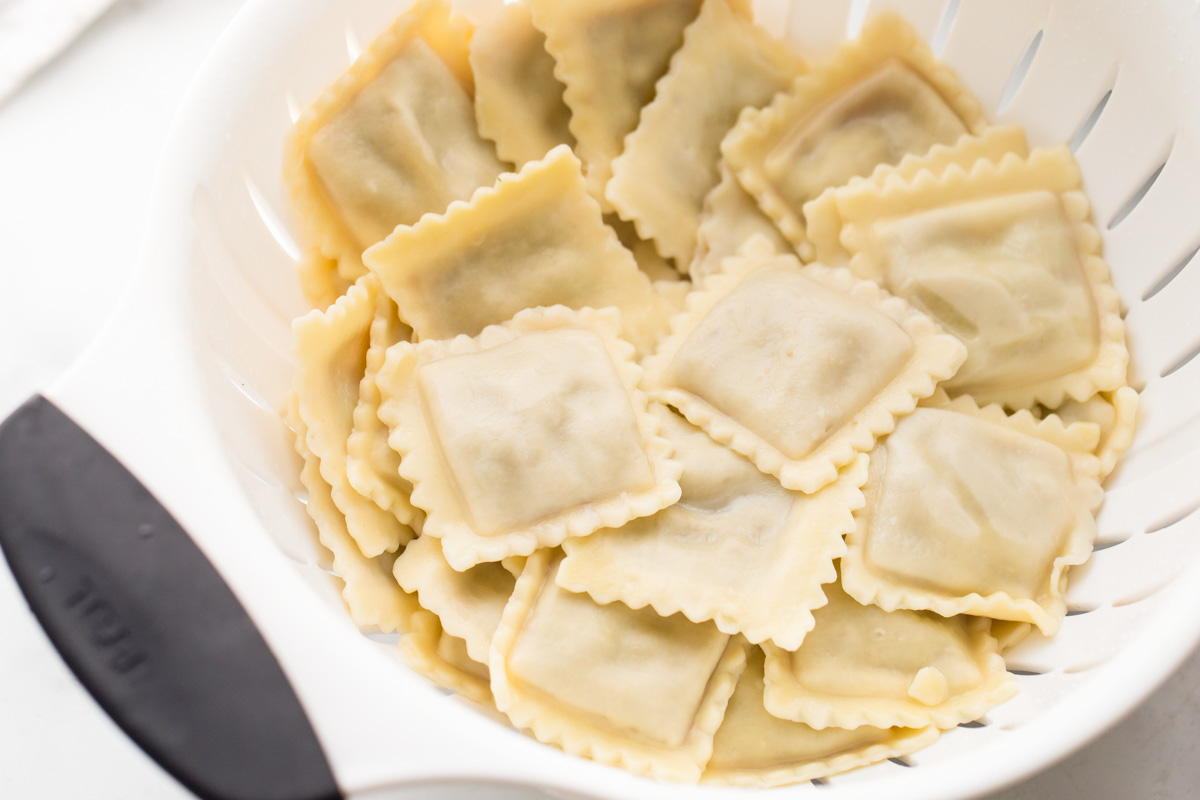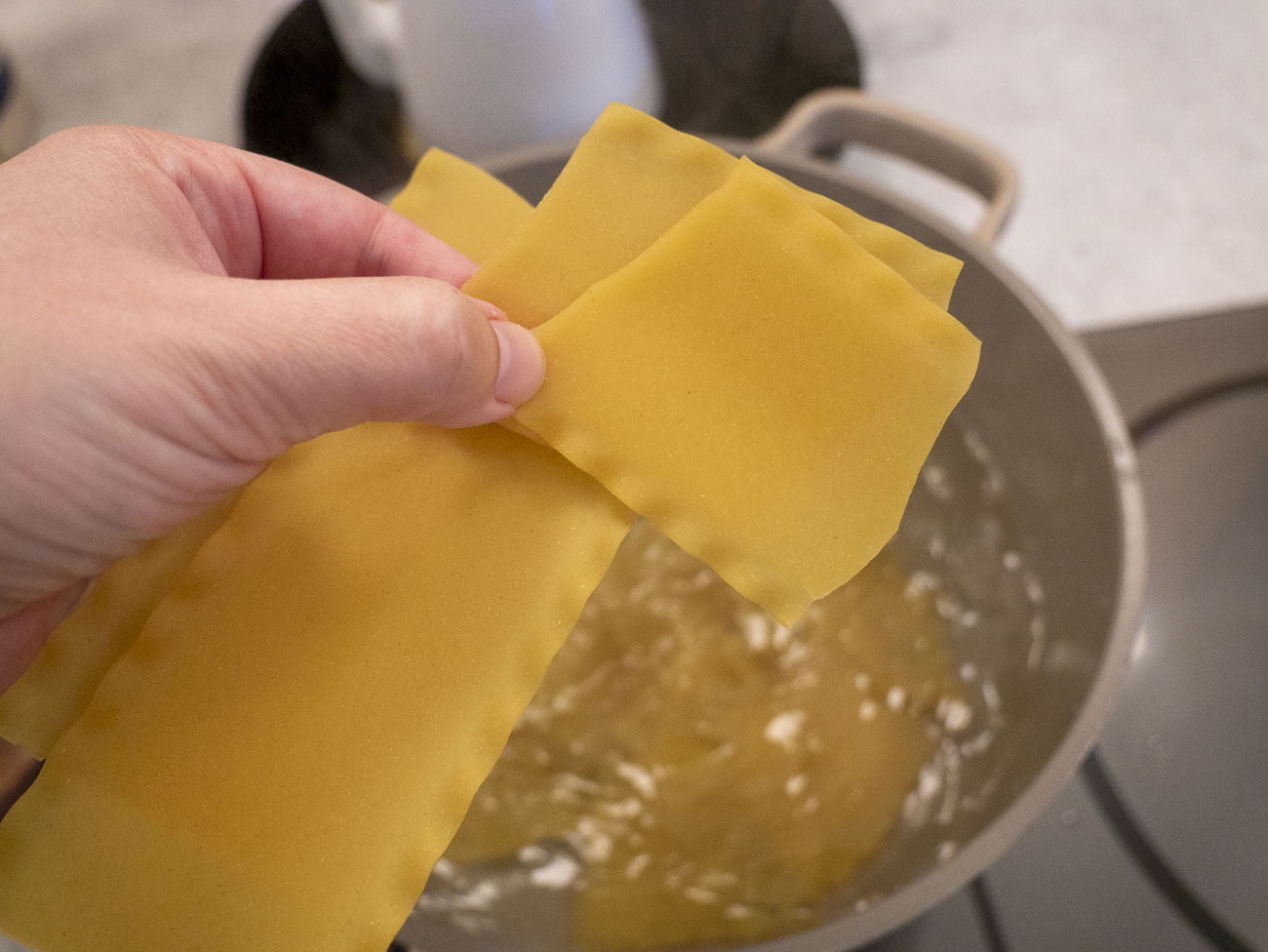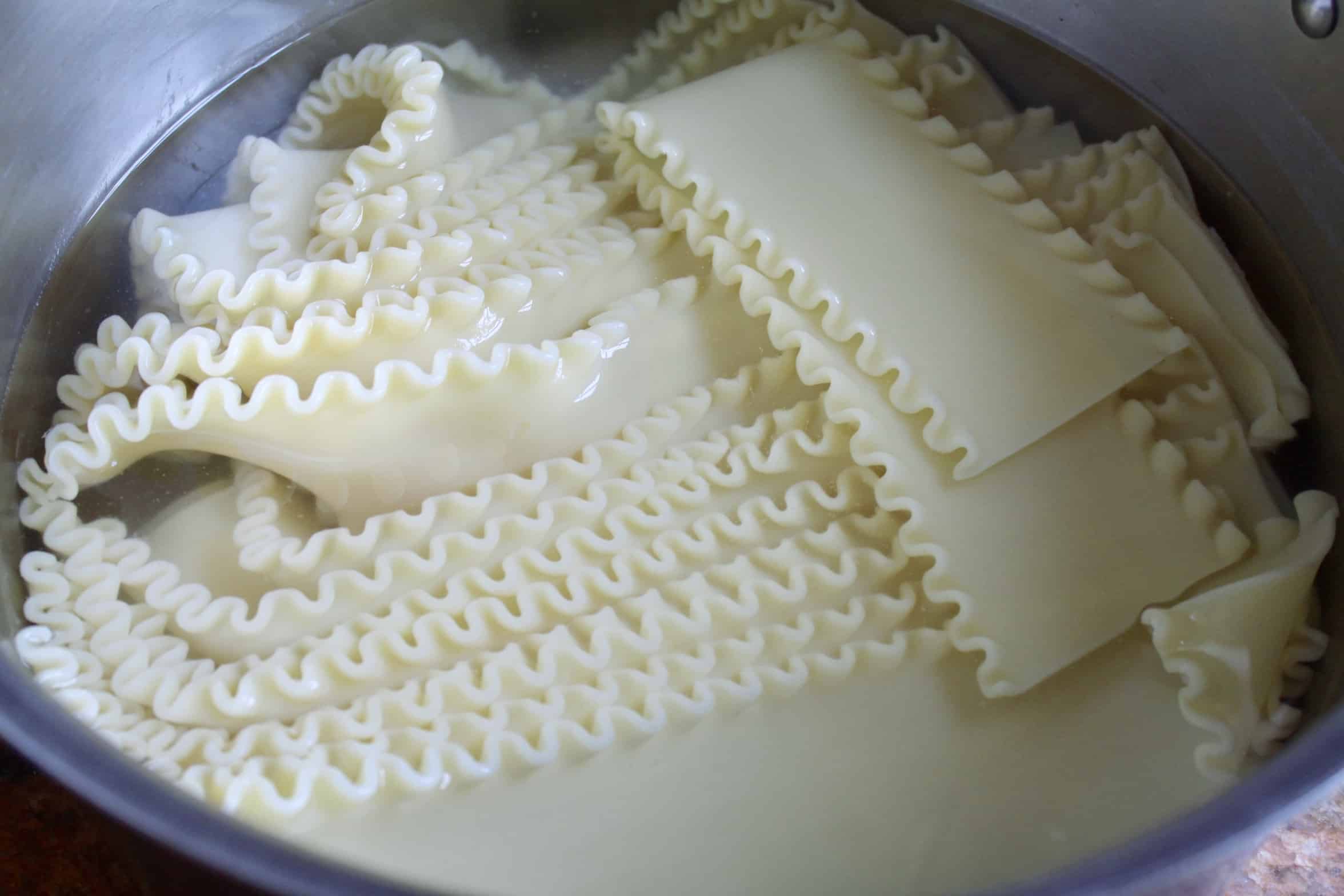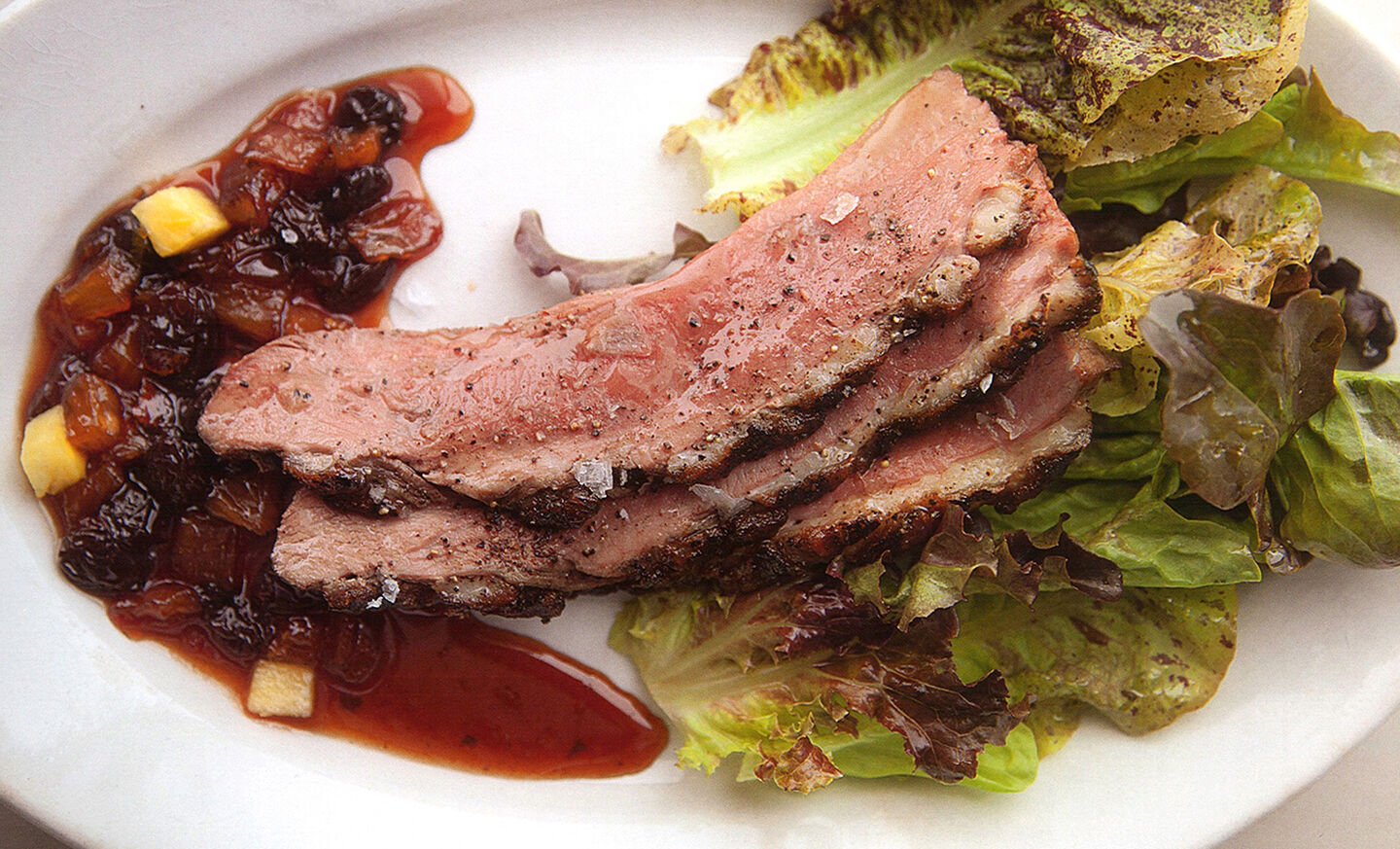Cooking purple kale, a vibrant and nutritious leafy green, transforms meals with its rich color and earthy flavor. This guide will show you simple, effective methods to prepare this superfood. Whether you're sautéing, baking, or blending it into smoothies, purple kale adds a nutritional punch and visual appeal to any dish. Perfect for health-conscious food enthusiasts and adventurous cooks alike, mastering the art of cooking purple kale opens up a world of culinary possibilities. Ready to elevate your dishes with this versatile ingredient? Let's dive into the world of purple kale and discover how to make it a star in your kitchen.
Essential Ingredients for Cooking Purple Kale
- 1 bunch of purple kale, washed and stems removed
- 2 tablespoons olive oil
- 3 cloves garlic, minced
- Salt, to taste
- Pepper, to taste
- 1/2 lemon, juiced
- Red pepper flakes (optional, for a bit of heat)
Must-Have Tools for Preparing Purple Kale
- Chef's Knife
- Cutting Board
- Large Skillet
- Wooden Spoon
- Measuring Cups
- Measuring Spoons
- Colander
Cooking purple kale involves washing leaves thoroughly, removing stems, and chopping. Sauté with garlic and olive oil for a vibrant, nutritious side dish. Quick blanching also preserves its color and nutrients.
The Importance of Cooking Purple Kale
Cooking purple kale introduces not only a splash of vibrant color to your plate but also infuses your meals with exceptional nutritional benefits. Rich in vitamins and antioxidants, this leafy green is a powerhouse for boosting health, enhancing immunity, and fighting inflammation. Its slightly sweet, peppery flavor elevates dishes, making healthy eating a delight.
Preparing purple kale involves simple steps that unlock its nutritional rewards. Washing thoroughly, removing the tough stems, and a quick sauté or blanch can transform this vegetable into a tender, flavorful addition to any meal. Its versatility allows for creativity in the kitchen, promoting a nutritious diet that doesn't sacrifice taste.
Your Guide to Cooking Purple Kale
- Select fresh purple kale by looking for vibrant, deeply colored leaves with no signs of wilting or yellowing.
- Rinse the kale under cold running water to remove any dirt or grit. Use your hands to gently rub the leaves, ensuring they are thoroughly cleaned.
- Remove the stems by holding the base of the stem with one hand and stripping the leaf away with the other. Stems are tougher and take longer to cook, so it's best to use just the leaves.
- Chop the leaves into bite-sized pieces. Smaller pieces will cook more evenly and are easier to eat.
- Blanch the kale if desired, to soften its texture and reduce bitterness. To do this, boil water in a large pot, add the kale, and let it cook for 2-3 minutes. Then, immediately transfer it to a bowl of ice water to stop the cooking process.
- Drain the kale thoroughly after washing or blanching. Excess water can make your dish soggy.
- Heat oil in a pan over medium heat. Choose an oil with a high smoke point, like olive or coconut oil, to enhance the flavor.
- Add garlic or onions to the pan, if you like, and sauté until they're soft and fragrant. This step adds depth to the kale's flavor.
- Add the kale to the pan, stirring frequently. If the pan seems dry, add a little water or broth to help steam the kale as it cooks.
- Season the kale with salt, pepper, and any other spices you prefer. Nutmeg, chili flakes, or a dash of lemon juice can complement its earthy flavor.
- Cook until the kale is tender but still slightly crisp, usually about 5-7 minutes. Avoid overcooking, as it can become too soft and lose its vibrant color.
- Serve immediately while it's still warm. Purple kale makes a nutritious side dish or can be added to salads, pastas, and soups for a pop of color and nutrition.
Mastering the Art of Purple Kale
Cooking purple kale isn't just about adding a splash of color to your plate; it's about embracing a world of flavor and nutrition. With its vibrant hues and earthy taste, this leafy green can elevate any meal from ordinary to extraordinary. Remember, the key to unlocking its delicious potential lies in simplicity and care. Whether you're sautéing, baking, or blending it into smoothies, keeping the cooking time short and the seasoning simple allows its unique taste and texture to shine through. Don't shy away from experimenting with different ingredients to find your perfect kale dish. As you continue to explore the culinary possibilities, you'll discover that purple kale is more than just a side dish; it's a versatile ingredient that can transform your cooking. So go ahead, give it a try and watch as purple kale becomes a staple in your kitchen.
More Delicious Ways to Enjoy Purple Kale
Having mastered the basics of cooking with purple kale, the journey into flavorful and nutritious meals begins. From hearty mains to refreshing smoothies, the versatility of this vibrant leafy green is showcased in a variety of recipes. A great start is the Purple Kale and Quinoa Salad, perfect for a light lunch or a side dish. If you’re craving something more substantial, try the Creamy Purple Kale and Potato Soup or the Purple Kale Pesto Pasta, both of which highlight the kale's unique flavor in comforting, rich dishes. For a quick and healthy option, the Purple Kale Smoothie with Blueberries packs a punch with antioxidants and nutrients. Each recipe utilizes the skills from the guide, ensuring delicious results that are sure to impress.
All Your Questions About Purple Kale Answered
What makes purple kale different from other types of kale?
Purple kale stands out with its vibrant color and slightly sweeter, more peppery flavor compared to its green counterparts. Its rich hue adds a pop of color and a nutritional boost to any dish, making it not just a feast for the eyes but for the body too.
How should I prepare purple kale for cooking?
First off, give your kale a good rinse under cold water to remove any dirt or grit. Then, strip the leaves from the tough stems—these can be a bit too fibrous to enjoy. Chop the leaves into bite-sized pieces or leave them whole, depending on your recipe. A quick blanch in boiling water can soften them up, or you can jump straight into sautéing, baking, or tossing them raw into salads.
Can I eat purple kale raw, or does it need to be cooked?
Absolutely, you can munch on purple kale raw. Massaging the leaves with a bit of olive oil and lemon juice can tenderize them, making for a great base in salads. That said, cooking can help ease digestion for those who find raw kale a bit tough on the tummy.
What are some simple ways to cook purple kale?
Sautéing is a quick and easy method. Just heat some olive oil in a pan, throw in garlic or onions, and then add the kale until it's wilted and tender. Baking into kale chips with a sprinkle of salt is another delicious option. Or, toss it into soups and stews, where it'll soften up nicely.
Is purple kale more nutritious than green kale?
While both types are health powerhouses, purple kale has the edge in terms of anthocyanins, antioxidants that give it its distinctive color. These compounds are known for their heart-healthy benefits and ability to fight inflammation.
How do I store purple kale to keep it fresh?
Keep it in the fridge, wrapped loosely in a damp paper towel and then placed in an open plastic bag. This setup keeps it hydrated but not too wet, helping your kale stay crisp and fresh for a week or even longer.
Any tips for incorporating purple kale into my diet?
Sneak purple kale into smoothies for a nutrient boost that doesn't overwhelm other flavors. Chop it up and add it to pasta dishes, grain bowls, or omelets. Its robust texture and flavor can stand up to hearty dressings in salads, making it a versatile veggie for various meals.
Was this page helpful?
Read Next: How To Cook Venison Ring Bologna
